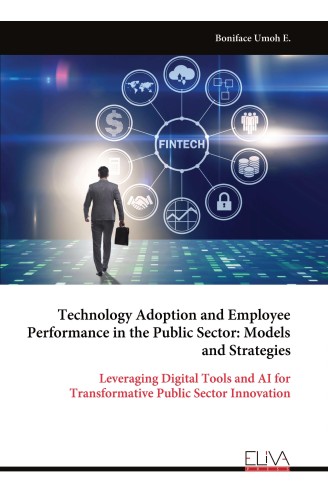
Technology Adoption and Employee Performance in the Public Sector: Models and Strategies
$ 70
Description
The digital revolution is transforming the fabric of governance across the globe. As public expectations for transparency, efficiency, and accountability rise, so too does the imperative for governments to leverage technology in delivering responsive, citizen-centered services. This book, Technology Adoption and Employee Performance in the Public Sector: Models and Strategies, emerges from this global reality—aiming to bridge theoretical frameworks with practical models that explain and enhance how public sector employees engage with technology to achieve performance outcomes. This book was inspired by the growing discourse on public sector modernization, particularly within developing economies, where resource constraints and institutional inertia often hinder the full realization of digital governance potential. Yet, within these challenges lie transformative opportunities. Through an in-depth analysis of key constructs such as perceived ease of use, behavioral intention, facilitating conditions, and artificial intelligence adoption, this book provides evidence-based models that capture the dynamic interaction between technology and employee productivity. Across eight robust regression models and multiple data visualizations including comparative charts, SWOT and PESTEL matrices, Venn diagram structures, and simulated strategic scenarios, this book navigates the evolving terrain of e-governance. It evaluates not only individual-level performance outcomes such as contextual, adaptive, and task performance, but also broader organizational functions including planning, organizing, and control. The inclusion of Venn diagrams offers a unique lens to illustrate the overlapping influence of perceived usefulness, ease of use, institutional readiness, and performance dynamics. Drawing on case insights from institutions like Nigeria’s National Identity Management Commission (NIMC) and Rwanda’s Irembo platform, the study balances local relevance with global significance.



